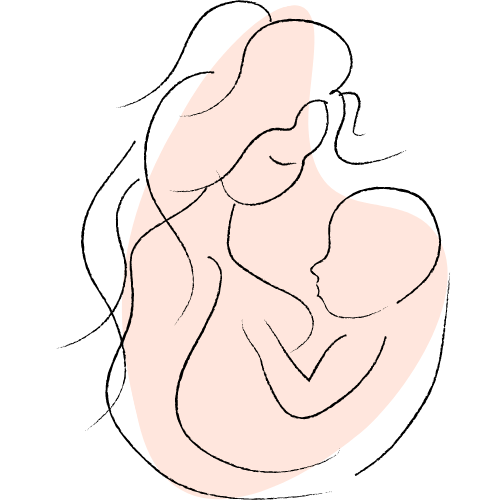One of the hardest things about being a new parent is learning your baby’s cues — since they’re unable to fend for themselves — so it’s crucial parents learn signs of hunger, tiredness, sickness, temperature, and more. Some signs are harder to interpret, like signs your baby is too cold. These signs aren’t always as obvious as you’d think.
In fact, the optimal baby room temperature (regardless of how cold or hot it is outside) is between 65 and 70 degrees, according to the Baby Sleep Site. Obviously, appropriate pajamas, swaddles, and blankets (if your baby is old enough), can be used to help regulate their temperature as well. “Remember, the temperature on the thermostat in the hallway does not always match the temperature in the bedrooms, so make sure that the temperature of the bedroom matches the temperature it says on the thermostat,” Dr. Daniel Ganjian, a pediatrician at Providence Saint John’s Health Center in Santa Monica, California, tells Romper.
As overwhelming as it may sound to have to learn all of your baby’s cues, soon they’ll become second nature. And once you do, regulating your child’s temperature will be simple.
1. Their Hands & Feet Feel Cold
Although this is generally a poor indicator of your baby’s overall body temperature, heat escapes quickly through the hands and feet and they’re often the most exposed. Swaddle Designs noted that your baby’s feet and hands should be warm like the rest of their body. So if your baby’s hands or feet feel cold, throw on an extra layer, just to be safe. Dr. Gina Posner, a board-certified pediatrician at MemorialCare Orange Coast Medical Center in Fountain Valley, California tells Romper, “Your baby is too cold if you see mottling of their extremities, and if the hands or feet are cold to the touch. You can also feel the back of their neck and if it is cold, that can be a sign that they are chilly.”
2. Pale Skin
If your baby is feeling cold, they could potentially have paler skin than normal, according to Raising Children. However, if this is accompanied by inactivity and being lethargic, this could be a sign of hypothermia. If this happens, Posner says, “Slowly warm them up — wrap them in blankets or you can even do skin-to-skin with you with blankets on top of them. Also, putting a hat on their head is helpful since babies lose a lot of heat from their head. My biggest concern with a baby that is too cold is that they might have an infection causing it (especially if you are not in a particularly cold environment). In that case, bring them to the hospital or their doctor.”
3. They’re Fussy For Seemingly No Reason
In the beginning stages of being cold, your baby may fuss when nothing else is wrong to let you know they’re chilly. If this happens, simply add some socks or a warmer outfit and your baby will be more comfortable. “I tell parents to put one extra layer on their baby than what they are wearing. So, if you are wearing a long sleeve shirt and pants, then they might need a jacket on top of that,” Ganjian says.
4. They Start Sneezing
Ganjian says, “When your baby starts sneezing, usually it is a sign they are cold. This is due to a response connected to the hypothalamus, a part of the brain which controls temperature in the body. That is why babies usually sneeze when they are being changed. It is very normal and not related to them being sick with the cold virus.”
5. They’re Still & Quiet
One of the more dangerous signs that your baby is cold is being very still, quiet, and lethargic. These are signs of hypothermia in infants, which shouldn’t be ignored, as your baby’s body can’t heat itself properly at this point, according to Medicine Net. “When your child becomes quiet and does not move much, it can mean that they are too cold. Take them inside the house and let them have skin-to-skin on your body, while wrapping a blanket around both of you,” Ganjian says.
